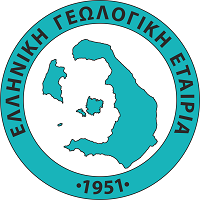This item is provided by the institution :
 Geological Society of Greece
Geological Society of Greece
Repository :
Bulletin of the Geological Society of Greece
| ΕΚΤ eJournals

